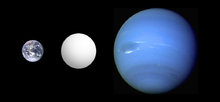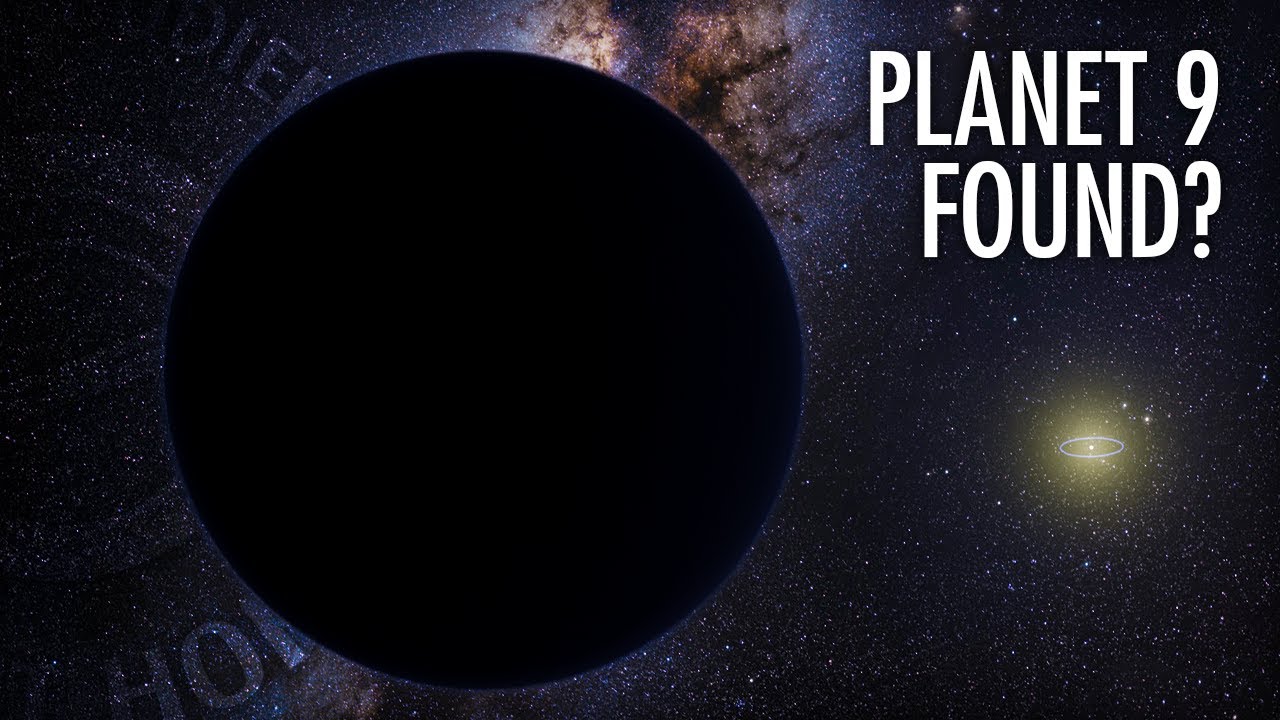An earlier post here asked “Did the IRAS Spacecraft Observe Planet Nine in 1983?” Here is an interview with Prof. Michael Rowan-Robinson of Imperial College London, author of the paper reporting the observation, on how he performed the analysis, the challenges of digging elusive signals out of the noisy infrared sky, and the prospects for follow-up observations which might confirm the presence of a massive “super-Earth” in the Kuiper belt.
As a bonus, Prof. Rowan-Robinson discusses one of his other interests: astronomy in the works of Shakespeare.
1 Like
If this proposed planet is so massive, why can it not be observed in the visible light spectrum, say with the Hubble telescope?
“Super-Earth” planets can be up to 10 times the mass of the Earth, but due to both the cube-square law and the internal structure of rocky planets, not necessarily much larger than the Earth. Here is an illustration of Earth and Neptune at the left and right, with an impression of the exoplanet CoRoT-7b, which has a mass 8.4 times that of Earth but only 1.5 times Earth’s radius.

An object of this size at a distance 7.5 times the orbit of Neptune would be very dim. Complicating the problem is that the area of the sky where it is predicted to be is near the galactic centre and crowded with stars. The Hubble could easily observe such an object if its position was known, but it is poorly suited for searches for moving objects amidst a crowded field of background stars. Over the next few years, several survey telescopes, in particular the Vera Rubin Observatory, will be coming on line which are ideally suited for such work.
1 Like

